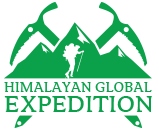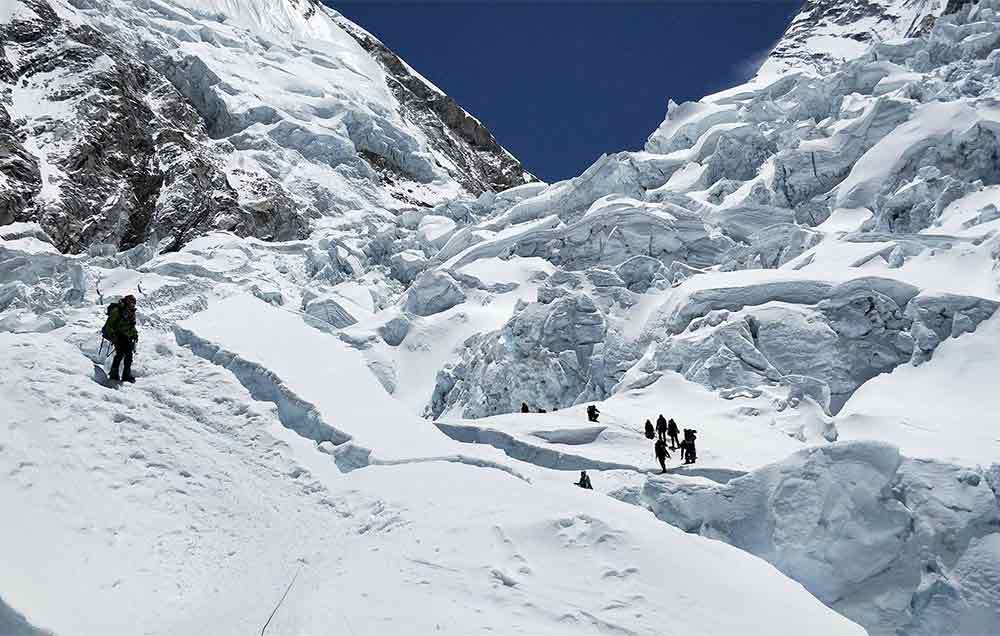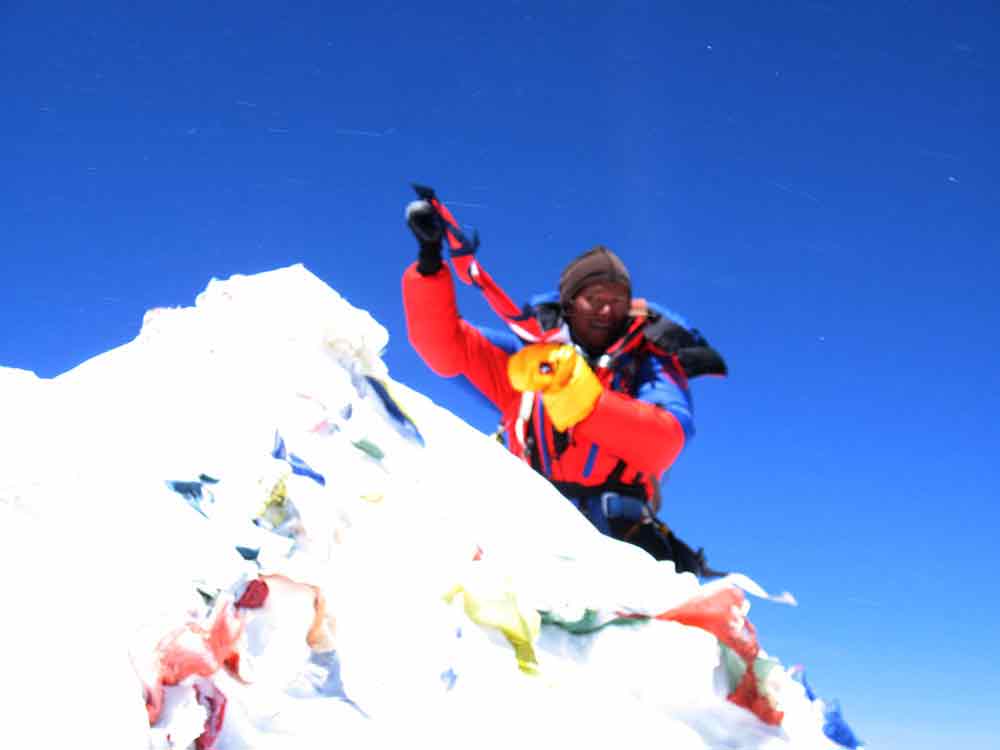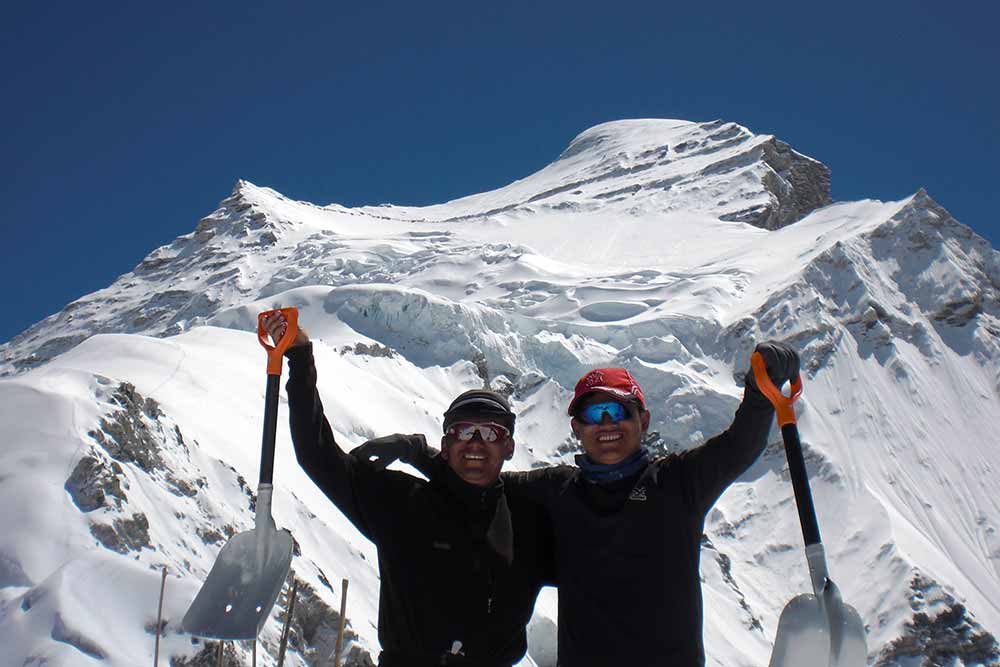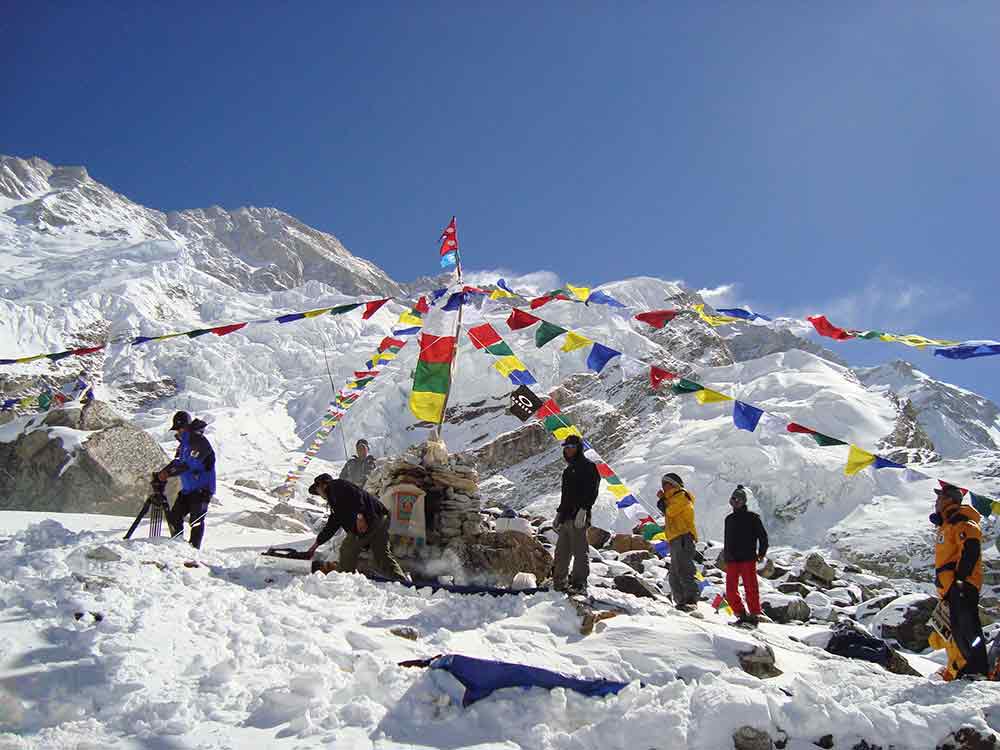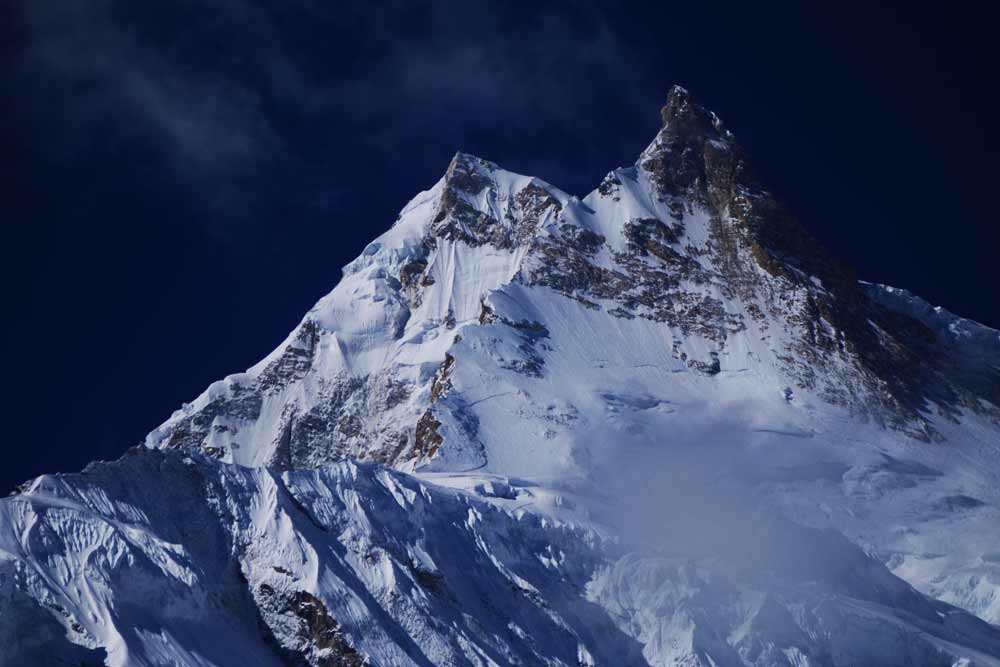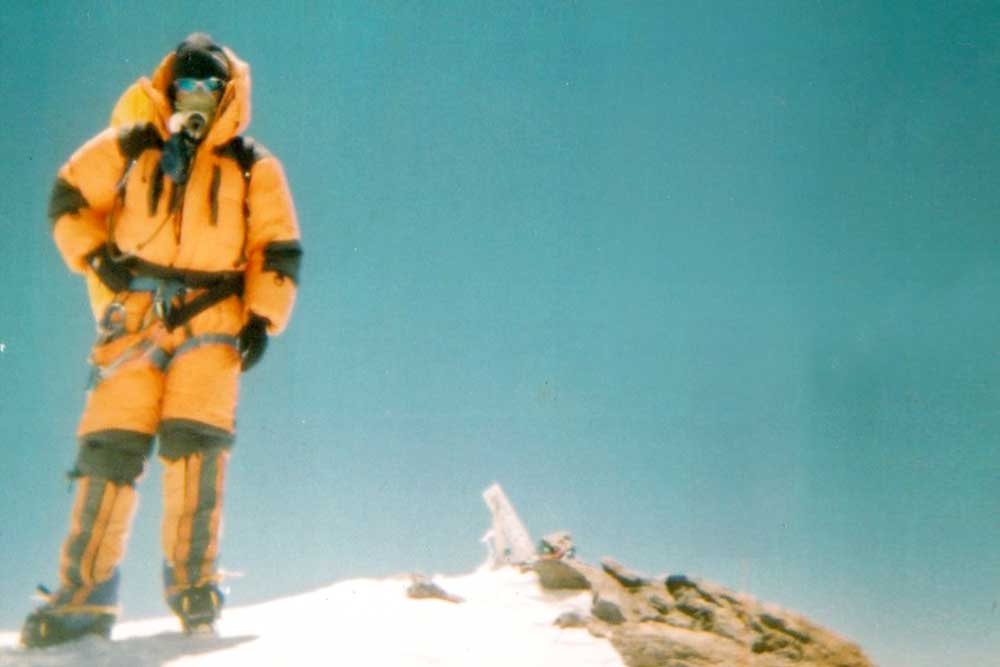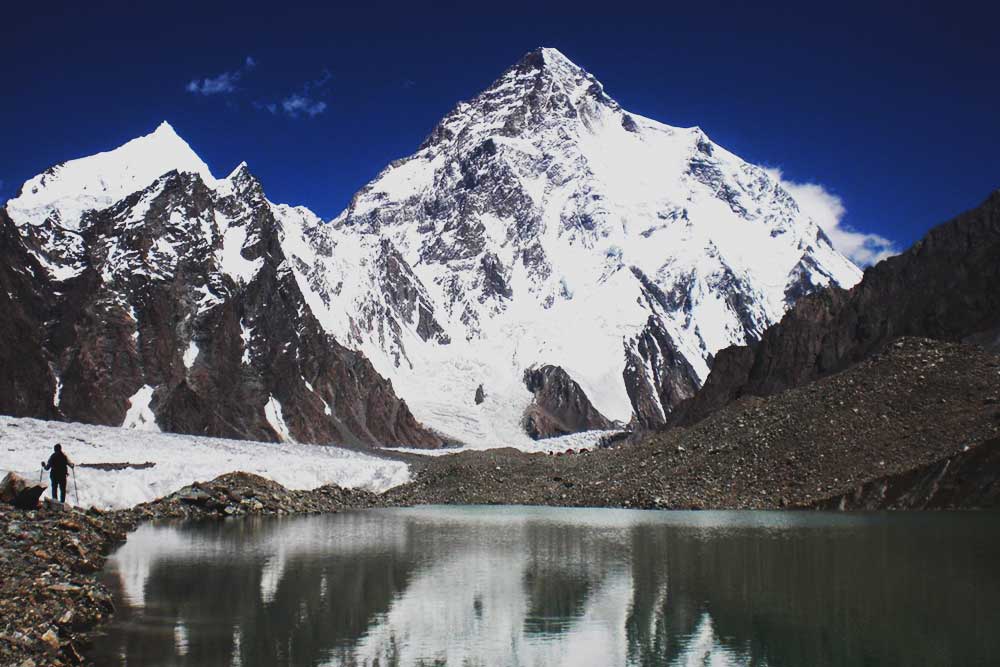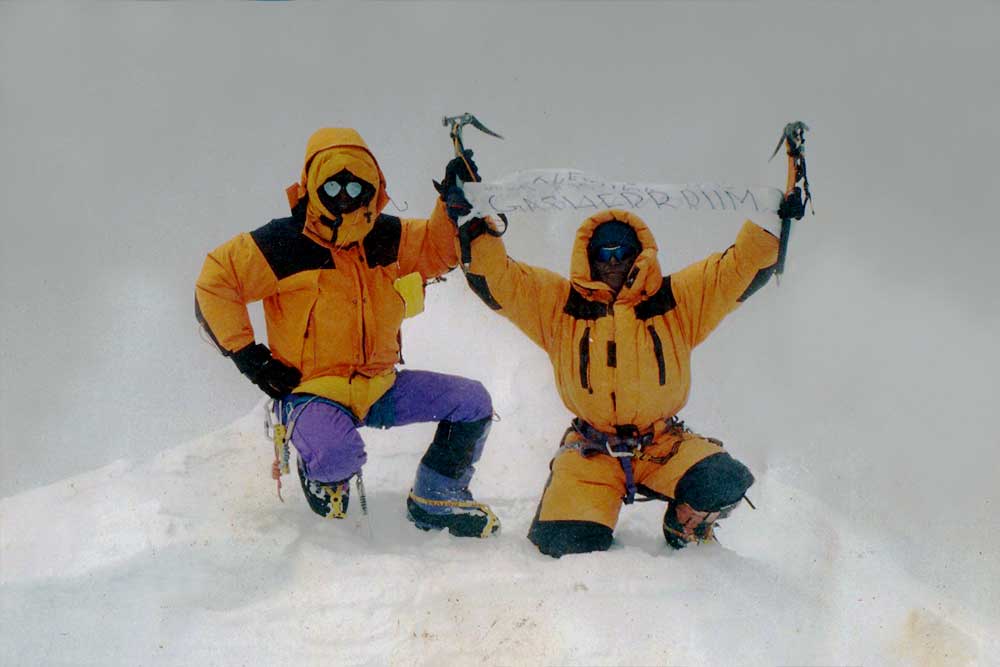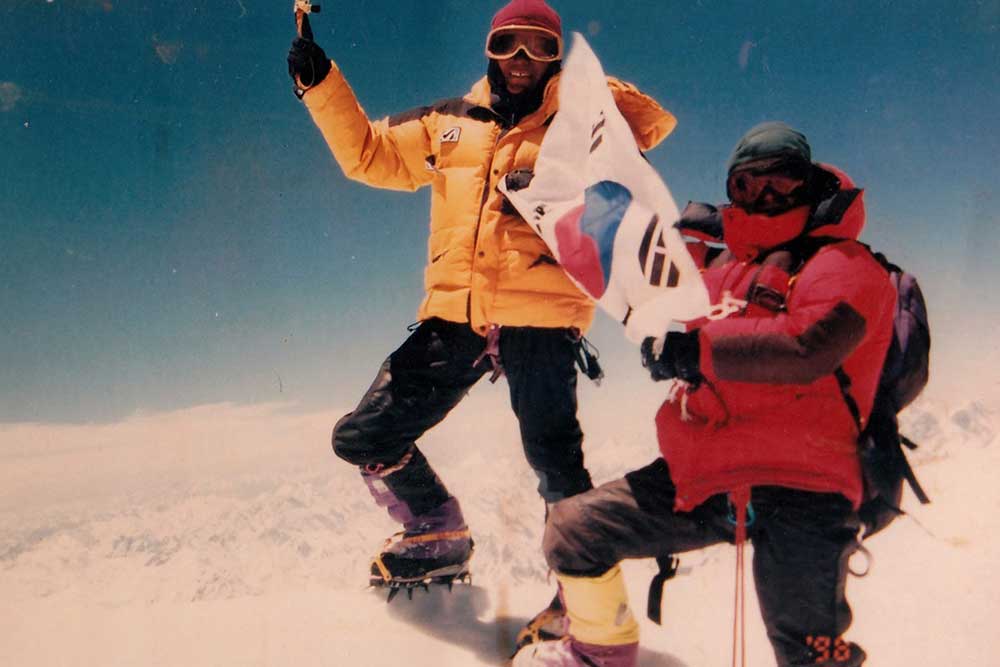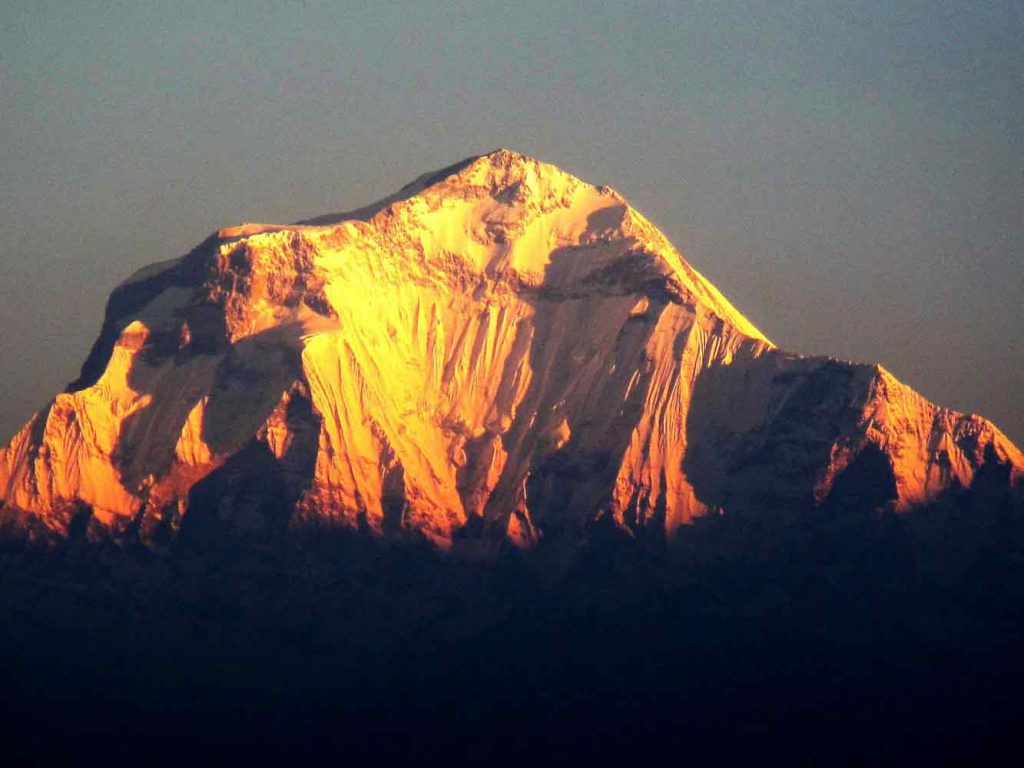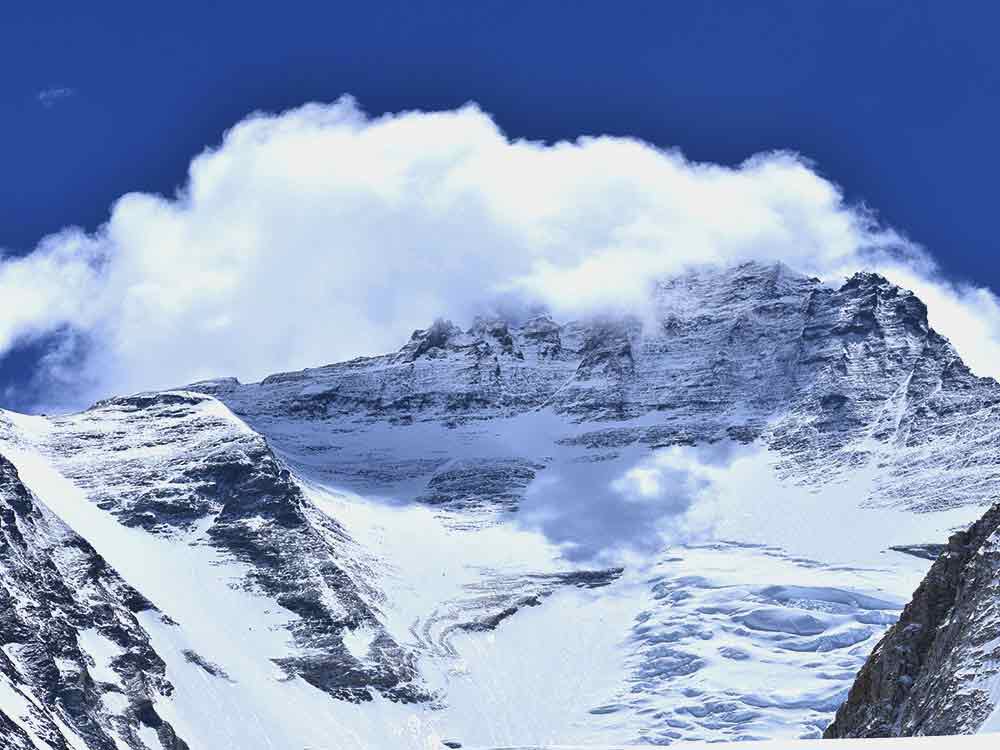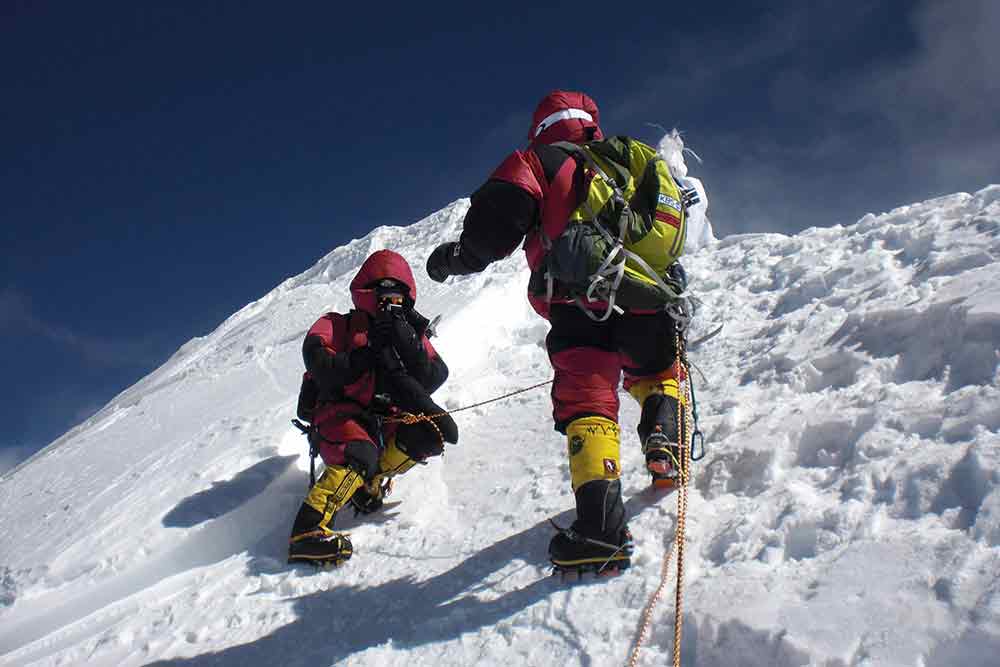
Annapurna I Summit
Trip Facts
Trip Introduction:
Annapurna I Expedition (8091m) is the tenth highest mountain in the world. It is located east of a Kali Gandaki Gorge where Kali Gandaki river flows through. The mountain has glaciers on its western and northwest slopes which subsequently drain into this river. The name Annapurna supposedly means “Goddess of the Harvests.”
Annapurna I is known as the world's most dangerous mountains to climb because it is prone to avalanches. It has a high fatality rate. Maurice Herzong and Louis Lachenal, of a French expedition, first climbed this 8,091m peak on June 3, 1950. Similarly, Chris Bonington along with alpinist Ian Clough led the British expedition in 1970. They were the first to climb the south face of Annapurna. Ian Clough, sadly perished on the descent when a falling ice-pillar hit him. In 1978 Arlene Blum led the first all American all-women team expedition to climb Annapurna I. On February 3, 1987, Jerzy Kukuczka and Artur Hajzer, both Polish climbers, made the first ascent of Annapurna I in winter.
Annapurna I Expedition: with Himalayan Global Expedition
Every year in spring and autumn we at Himalayan Global Expedition organize Annapurna I Expedition. In spring, during the first week of April, it is the best time to start the expedition. While the expedition should end near the beginning of June. As the temperature in the Annapurnas warm, it gets easy to summit. Sufficient acclimatization and practice at various camps do help a lot. For this reason, we strongly recommend our climbers to opt spring season for their expeditions. We, however, do organize the expedition during autumn as well.
Trip Highlights
- Enjoy the spectacular views of Annapurna II (7937m), Annapurna III (7555m), Annapurna IV (7525m), Dhaulagiri (8167m), Gangapurna (7455m), Machhapuchre (Fish-Tail) 6997m, Hiunchuli (6336m), and other surrounding high peaks
- The Expedition trip is a good opportunity to explore the Annapurna Region and its rich flora and fauna
- Get to know and experience its welcoming and friendly people, their culture and tradition
- Climbers require peak climbing experience
- A thrill-filled adventure with climbing at over 7000m, a lifetime achievement.
Day 01 Arrive at Kathmandu airport & transfer to hotel
Day 02 Pre-trip Meeting and Briefing in Ministry of Tourism
Day 03 Drive From Pokhara to Beni
Day 04 Drive from Beni to Lete
Day 05 Trek from Lete to Thulo Bugin
Day 06 Trek from Thulo Bugin to Thulo Bugin Pass
Day 07 Trek from Thulo Bugin Pass to Mristi Khola
Day 08 Trek from Mristi Khola to Annapurna Basecamp
Day 09-38 Climbing Period To Annapurna summit (8091m) & Back to Base Camp
Day 39 Rest Day & Base camp Cleaning
Day 40 Trek Down from Base Camp to Thulo Bugin
Day 41 Trek from Thulo Buginn to Lete
Day 42 Drive from Lete to Pokhara
Day 43 Fly From Pokhara to Kathmandu &Transfer to Hotel
Day 44 Free day in Kathmandu, farewell dinner
Day 45 Transfer to Airport for Final Departure
- International Arrival/Departure Transfers
- 4 Nights hotel accommodation in Kathmandu, inclusive of breakfast
- Overland drive from Pokhara to Lete
- National Park Entry Fee
- Mt. Annapurna Royalty Fee
- Full board Tea House/ Lodge trek till Lete (night at Tea House/Lodge) & Full board camping throughout (night at tents)
- Full board meals during the trekking and expedition period, if you have any specific dietary requirement please let us know, we will provide accordingly
- High altitude climbing food, fuel, Gas above base camp
- 1 Professional Expedition Guide
- 1 personal Climbing Sherpa on summit day
- High Altitude Climbing Sherpa equipment & allowance
- Oxygen (3 cylinders of 4 liters per member and 2 cylinders per Sherpa) and Mask regulator
- Comprehensive Medical Kit for Group and Staffs
- Personal luggage allowed 100Kg
- Porter from Lete to Base Camp & back to Lete
- Each member will have individual North Face tent
- Heater for base camp in each Dining and other necessary camp
- All camping gear that includes dining tent, cooking stove, gas, ropes, toilet tent, shower tent, table and chairs, mattresses sharing with other members
- Liaison officer's allowances, equipment for the expedition, flight ticket, insurance, daily wages sharing with other group members
- High altitude staff allowances, flight tickets, food, accommodation, insurance, daily wages
- High Altitude Nepali staff accidental/ medical/emergency and evacuation insurance
- Emergency oxygen mask and regulator
- Radio communication set (walkie-talkie)
- Gamo Bag (life-saving device in case of altitude sickness) sharing with group members
- Solar panel for light and charges batteries
- Garbage Deposit Fees
- Farewell dinner in Kathmandu
- All liable government of Nepal administration fees for climbing permits processing
- Mt. Annapurna certificate (after climbing Mt. Annapaurna successfully)
- International flight fares
- International airport departure tax
- Nepal entry visa fee
- Lunch and dinner in Kathmandu
- Single supplement during the entire trip
- Note: Additional cost applies for single supplement
- Personal climbing gears–clothing, sleeping bags, climbing equipment. Please click ‘equipment checklist’
- Personal Travel/Medical/Accident/Emergency evacuation insurance
- International cargo customs clearance fee
- Emergency evacuation, Helicopter rescue if required
- Alcoholic beverage & bottle drinks
- Climbing Sherpa summit bonus
- Personal Satellite phone permit
- Filming & Videography
- Extra personal expenses
- Climbing Sherpa bonus
- Tips for Nepali staff
- All expenses incurred in the event of early departure (evacuation fee, transport, extra hotel night, food etc.)
- Any changes incurred as a result of delay beyond the control of ‘Himalayan Global Expedition’
- Personal communication (phone, fax, e-mail, internet between Nepal and your home country)
- Medical evacuation insurance policy is mandatory
- Any other services not specified in the ‘Cost Includes’
